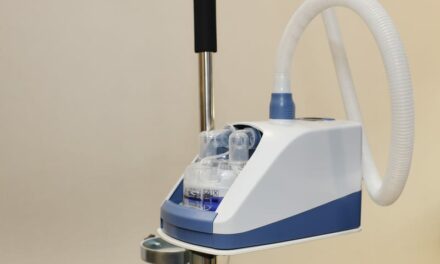The pacemakers market is projected to surge from its current $4.4 billion valuation to $4.9 billion by 2023, at a compound annual growth rate of 2%, according to a new report from Research and Markets. This market is driven by various factors such as the increasing prevalence of cardiovascular diseases and technological advancements in medical devices. However, the high cost of pacemakers and an unfavorable reimbursement scenario are expected to limit market growth to a certain extent, Research and Markets officials say.
The dual-chamber pacemakers are the faster-growing segment in the pacemakers market by technology. The pacemakers market, by technology, has been categorized into single-chamber pacemakers, dual-chamber, and bi-ventricular/cardiac resynchronization therapy pacemakers. Dual-chamber pacemakers are the most popular of all pacemaker technologies in the market, due to the higher efficiency and cost-effectiveness of dual-chamber pacemakers in atrioventricular block or sick sinus syndrome.
This segment includes both government and private hospitals and cardiac centers that provide treatment to patients with cardiac diseases. A number of factors, such as the increasing prevalence of cardiovascular diseases and the subsequent increase in the number of surgical procedures performed, an improving healthcare infrastructure, and a favorable reimbursement environment are driving the growth of the pacemakers market for hospitals and cardiac centers.
From a geographic perspective, the Asian-Pacific pacemakers market is slated to witness the biggest jump during the forecast period—with China, Japan, and India seeing particularly strong growth. Research and Markets officials attribute the rise in pacemakers in the Asia-Pacific to the increasing prevalence of cardiovascular diseases in the region—diseases largely due to residents’ higher stress levels and lower levels of exercise.




